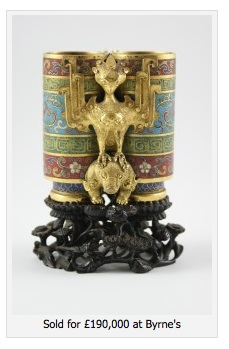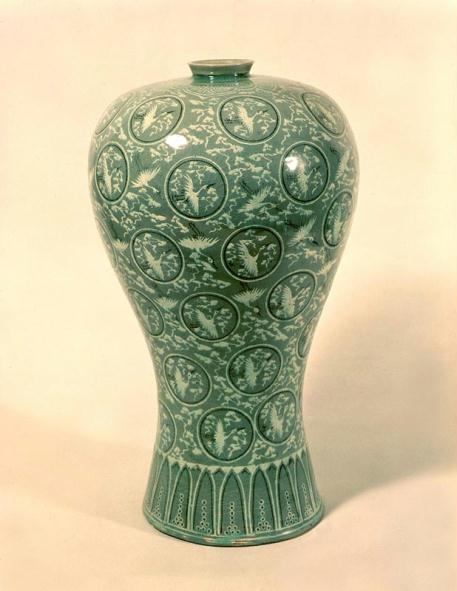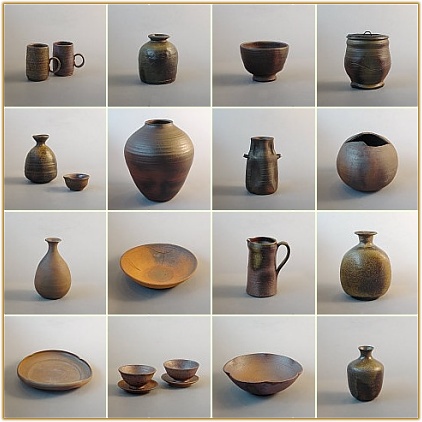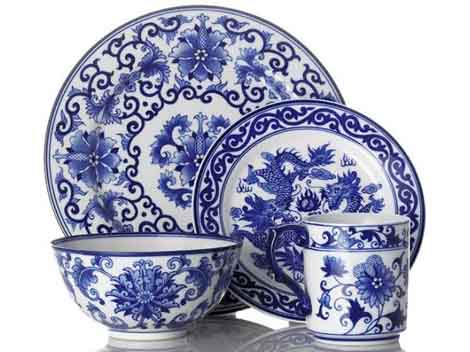A certain amount of Porcelain was produced in the Yuan dynasty (1280-1368) decorated in underglaze blue. It was sometime, however, before the highly fashionable Celadon wares were overtaken by the these crisply decorated porcelains, which were initially seen as rather vulgar.
 In 1368 the Mongol Yuan dynasty was overcome and the Ming dynasty was established. This lasted until 1644. During the early years of the first Ming Emperors reign, porcelain in underglaze blue or red was developed further. By the end of the 14th Century porcelain had reached fashionable status.
In 1368 the Mongol Yuan dynasty was overcome and the Ming dynasty was established. This lasted until 1644. During the early years of the first Ming Emperors reign, porcelain in underglaze blue or red was developed further. By the end of the 14th Century porcelain had reached fashionable status.
It would wrong to say that all porcelain from the Ming dynasty is worth huge amounts of money.
The output was enormous, many pieces were for export to the West and the survival rate has been high. Many of the wares that we have today were from the provinces rather than from the Imperial kilns and some were rather crudely potted and decorated. These pieces especially if damaged can be purchased for relatively modest amounts.
In the reign of Xuande (1426-35) superior wares were made in blue and white using a blackish blue glaze, also red was used. These superb wares were later copied in the 18th century; rather convincingly it has to be said. Later Ming period includes the coloured enamels of the Chenghua reign (1465-87). Blue and white was revived in the reign of Jiajing (1522-66), when overglaze red was added to the colours.
80% of reign marks on Chinese porcelain are retrospective, Intended as a tribute to Imperial ancestors. Square seal marks sometimes replace the more usual character marks. Reading from the top down, a six-character mark includes: character for “great”, dynasty, emperors first name, emperors second name, two characters meaning “in the reign of”. Pieces that bear the correct period mark ( catalogued “mark and period”) are obviously more valuable than those with retrospective marks.












